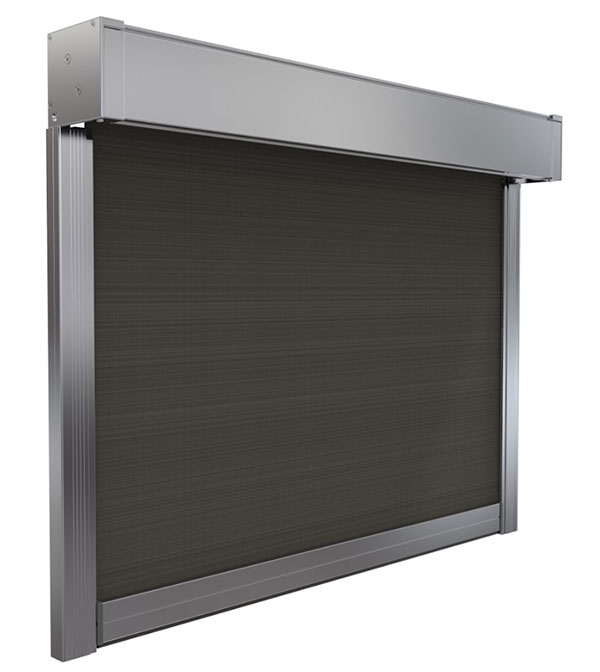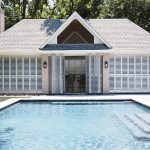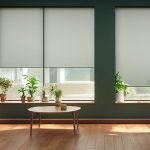As the outdoor living market continues to grow, so should your knowledge of the products available and the pros and cons of each. It may feel a bit too cold outside to be thinking about outdoor patios, but it’s never bad weather to cross-sell, and plant the seed of a full home upgrade!

Today we’ll cover the two most common options for outdoor shades: Cable Guide and Zipscreen. Both products offer an excellent Alfresco outdoor living and shading solutions- but some spaces are better suited for the different installation types.
Shadesol Alfresco Cable Guide uses a straight wire-guided drop system to guide the shade to the ground. The Cable Guide system also comes with an ultralock feature when an AC motor is used.

Shadesol Alfresco Zipscreen uses a patented zip-lock technology system to guide the shade to the ground and lock it in place on all sides. The Zipscreen system also comes with an ultralock feature when an AC motor is used.

| Consideration | Cable Guide | Zipscreen | Recommendation |
| Oversize Openings | With no seam on the side of the fabric, the fabric maintains its stacking integrity when rolling into the headbox, regardless of drop length. | Zipscreen features a zipper track welded to the side of the fabric to create the full-screen effect. This zipper can affect the stacking integrity and the roll position in tall openings. | Cable Guides are more suitable for tall or double-height openings as it continues to operate consistently at all lengths. |
| Wind | More reliable in windy conditions as it allows wind to pass on the openings. It is advised to raise all shades when the wind picks up to avoid damage. | With no space available for the wind to pass through, it is advised to raise all shades when the wind picks up to avoid wind damage. | For openings that often receive gusts of wind, the Cable Guide installation method is the more sturdy choice. |
| Insects | Cable Guide has 2 “open-air sides,” which leaves 2 sides of the shade exposed to insect penetration. | Zipscreens use an interlocking zip system when lowering, creating a more efficient barrier against insects on both sides of the shade. | While not completely insect resistant, Zipscreen is recommended as an insect deterrent measure in an enclosed outdoor space. |
| Installation | Cable Guides are more forgiving of a non-square opening, allowing for plumbing illusions on the face-mount or the visual of a straight line on the sides when the shade is down. | Zipscreens will require additional build-out for non-square openings. The sidetrack pulls the fabric taut, and an out of square opening will force the fabric to bunch if not addressed. | For installation teams with build-out experience, either product is a breeze, but with the newer team, the Cable Guide is easier to install as it requires less buildout and fewer parts. |
| Modern Aesthetic | To create a clean line, fully enclosed aesthetic, it is recommended to install the shade, mounted behind an opening and the fabric measured to be square with the opening. | Zipscreen has a closed finished look with the tracks completing a clean line square after installed. | Zipscreens have a higher level of finish and can be an aesthetic preference when other factors mentioned here can be managed. |
| Maintenance | Cable Guide shades are basically maintenance free! The enclosed headbox will protect your components, and a quick hose down will remove any dirt or dust. | Zipscreen shades require some maintenance. Be sure to keep the tracks free of debris to ensure smooth operation. There is also the potential for fabric stretching over time if the shades are left down in inclement weather. Environmental factors have more potential to cause damage. | Cable Guides require less maintenance, making them the choice of second homes, or busy home-owners. |







